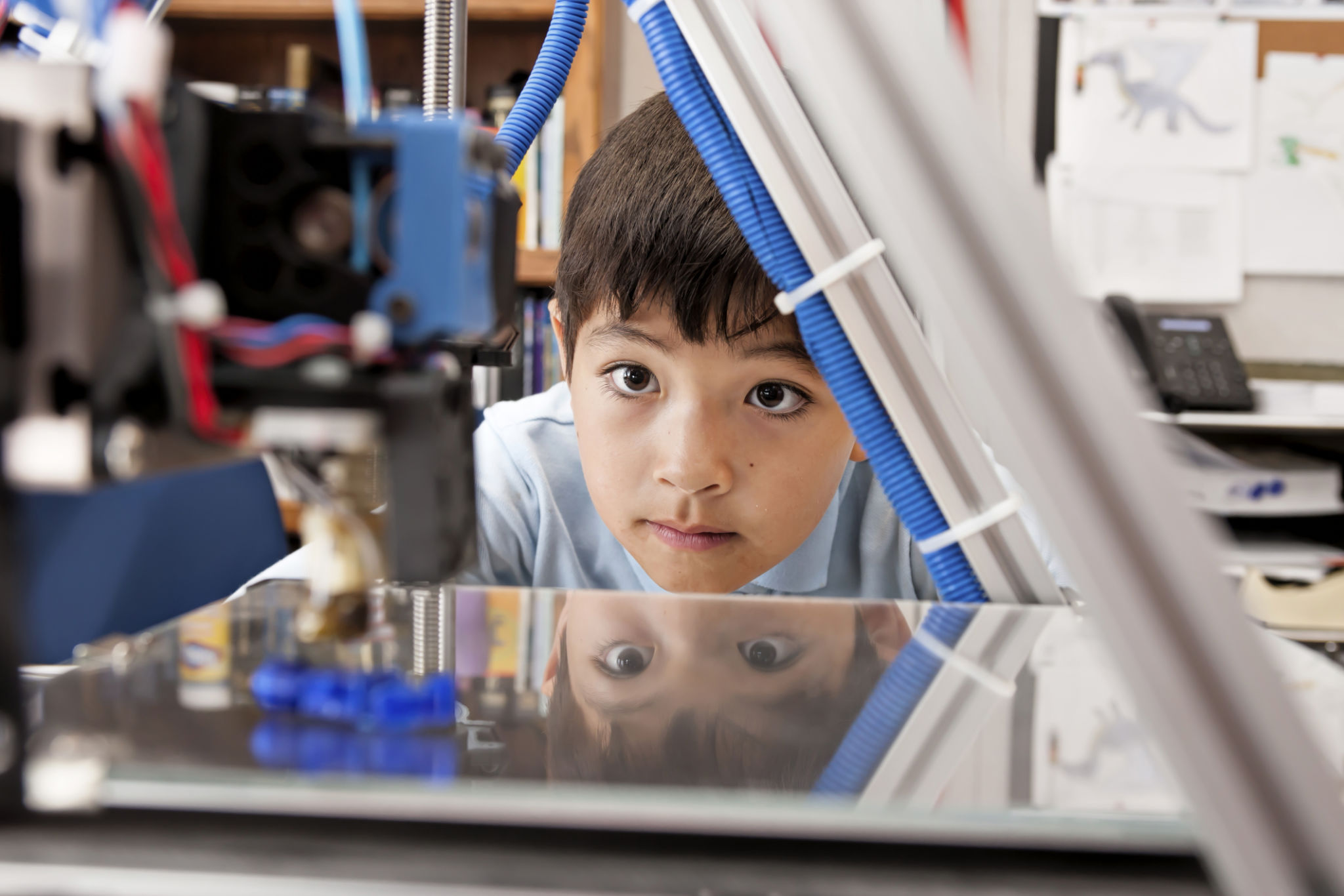Guide to Choosing the Right 3D Printing Solutions for Educational Purposes
Introduction to 3D Printing in Education
The integration of 3D printing in educational settings is revolutionizing the way students learn and engage with subjects. From enhancing creativity to providing practical applications of theoretical knowledge, 3D printing offers a multitude of benefits. However, choosing the right 3D printing solutions for educational purposes can be daunting. This guide aims to simplify the selection process by highlighting key considerations and options available.

Understanding Educational Needs
Before selecting a 3D printer, it's crucial to understand the specific educational needs it must fulfill. Different educational levels and subjects may require distinct functionalities. For example, elementary schools might focus on fostering creativity and basic design skills, while higher education institutions may need advanced printers for engineering projects.
Identifying the Curriculum Integration
Consider how 3D printing will integrate into your existing curriculum. Will it be used across multiple subjects such as chemistry, physics, or art? Identifying the scope of use will help in choosing a versatile solution that caters to various educational requirements. Ensure that the chosen printer supports the materials and technologies relevant to your curriculum.
Budget Considerations
Budget is a significant factor when selecting a 3D printing solution. It’s essential to balance cost with quality and functionality. Some printers may have a lower upfront cost but higher maintenance expenses. Others might offer a comprehensive package that includes software and support, providing better long-term value.

Evaluating Total Cost of Ownership
When determining your budget, consider the total cost of ownership. This includes not only the initial purchase price but also maintenance, materials, and any additional equipment or software needed. Opt for solutions that offer extended warranties or educational discounts to maximize your investment.
Ease of Use and Training
The ease of use is a critical factor, especially in educational environments where time is limited. Look for 3D printers that are user-friendly and come with comprehensive training resources. This ensures that both educators and students can effectively utilize the technology without significant disruptions to learning.
Availability of Training Resources
Check if the manufacturer provides training sessions or online tutorials. Having access to a wealth of educational resources can enhance the learning experience and ensure smooth integration into classroom activities. Some companies also offer certification programs for educators, which can be beneficial in maximizing the technology's potential.

Safety and Support
Safety is paramount when introducing 3D printing technology into schools. Choose printers that come with safety features such as enclosed print areas and non-toxic materials. Additionally, reliable customer support is essential for troubleshooting and maintenance.
Exploring Support Options
Select a provider known for excellent customer service and technical support. Quick access to support can minimize downtime, ensuring that educational activities continue without interruption. Consider brands with an established reputation in the educational sector for added peace of mind.
Conclusion
Choosing the right 3D printing solutions for educational purposes involves careful consideration of various factors such as educational needs, budget, ease of use, safety, and support. By thoroughly evaluating these elements, educators can select a solution that enhances learning experiences and prepares students for future technological advancements.
